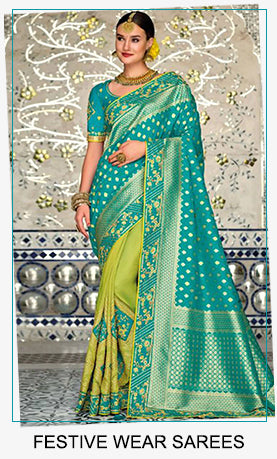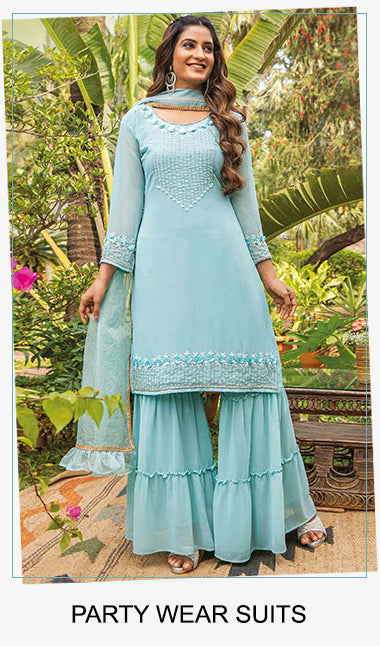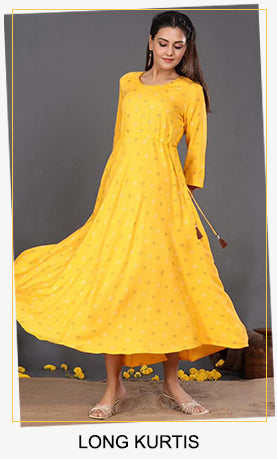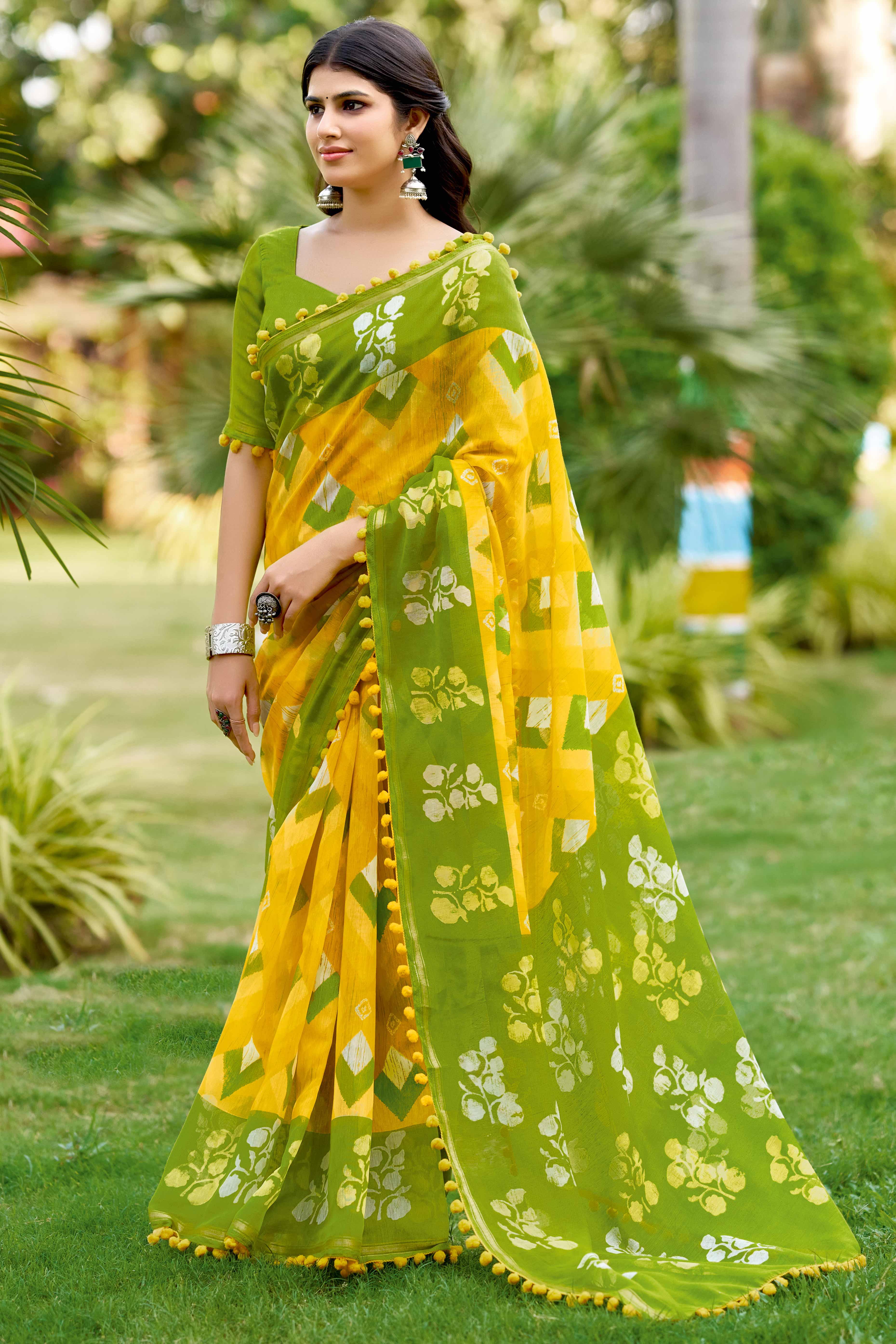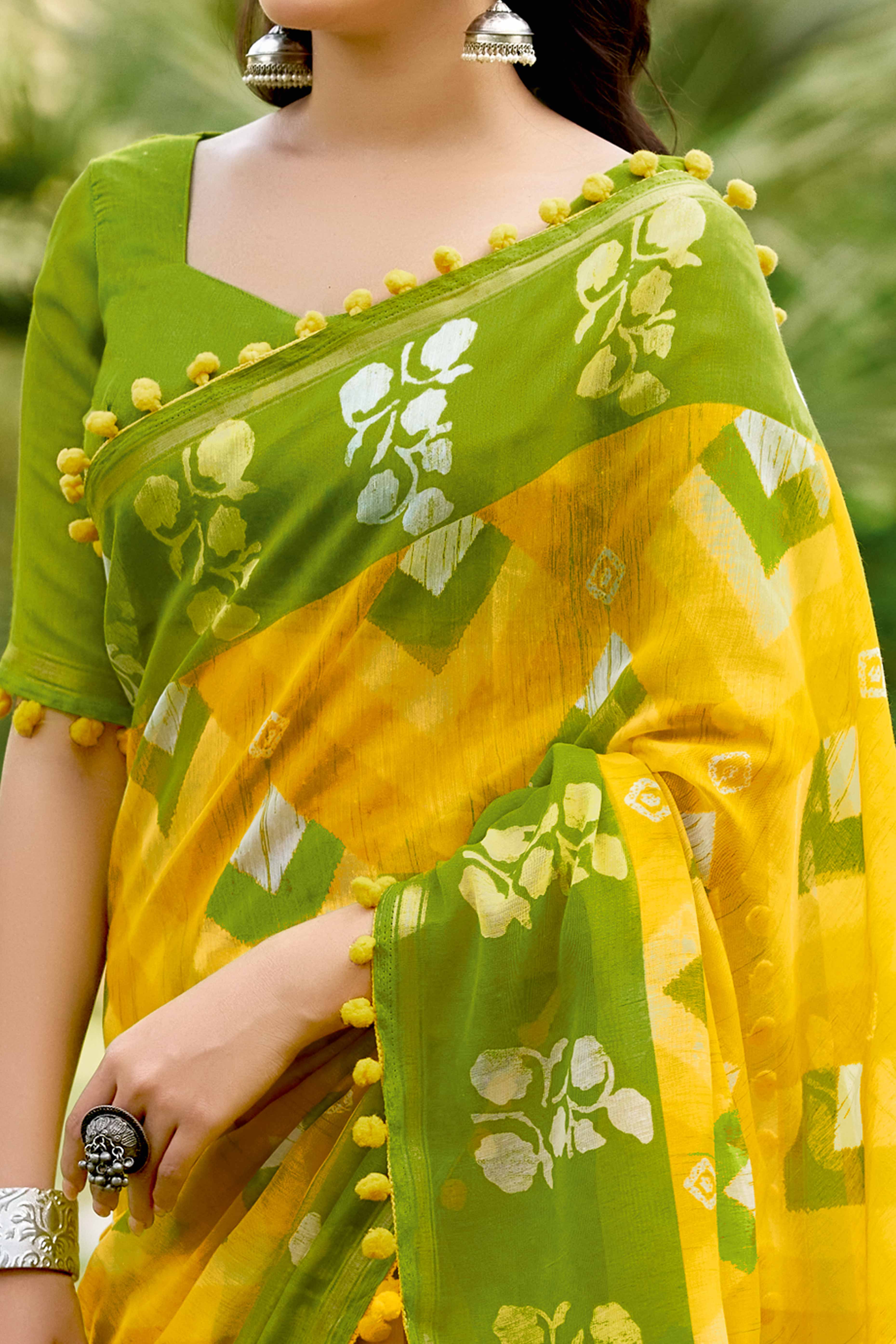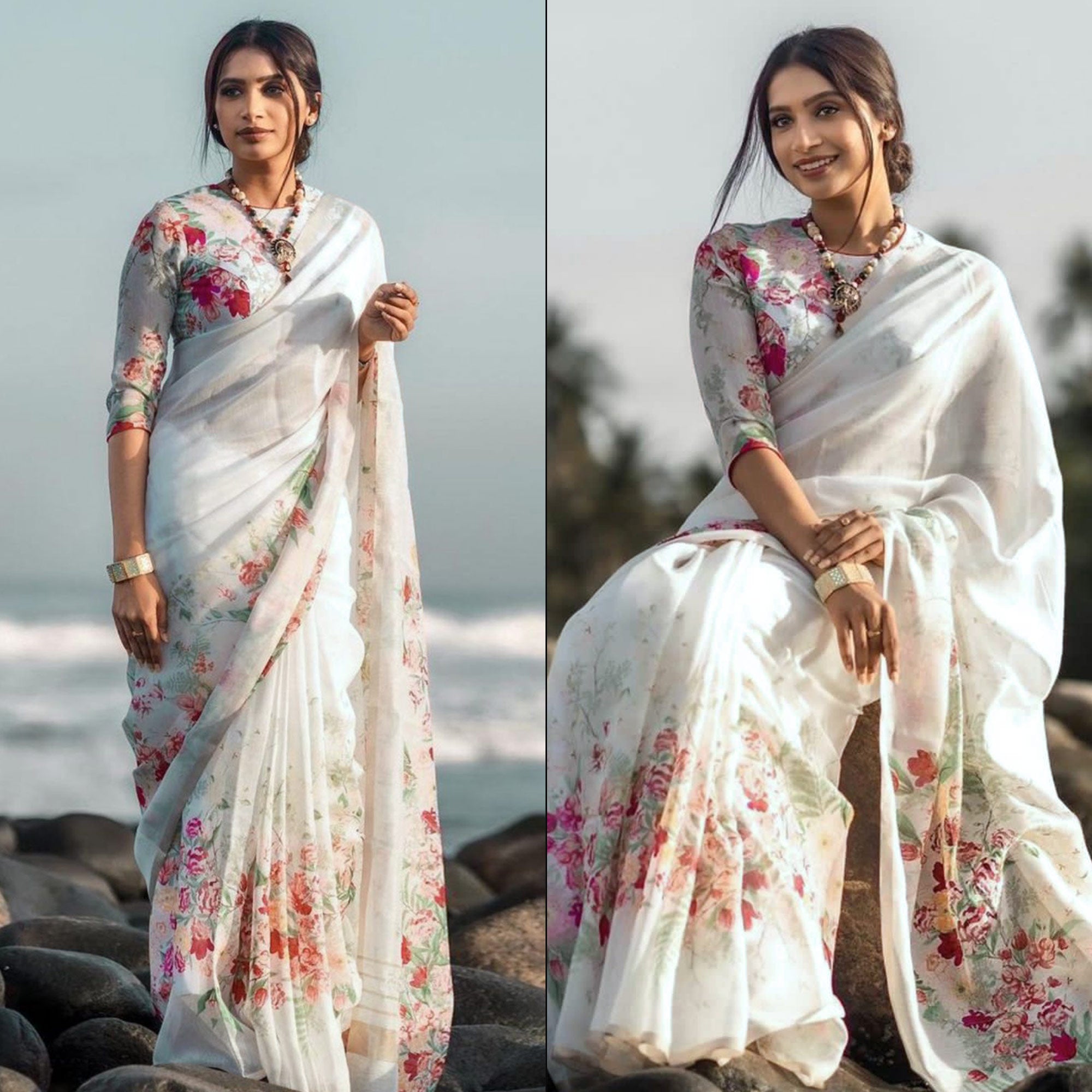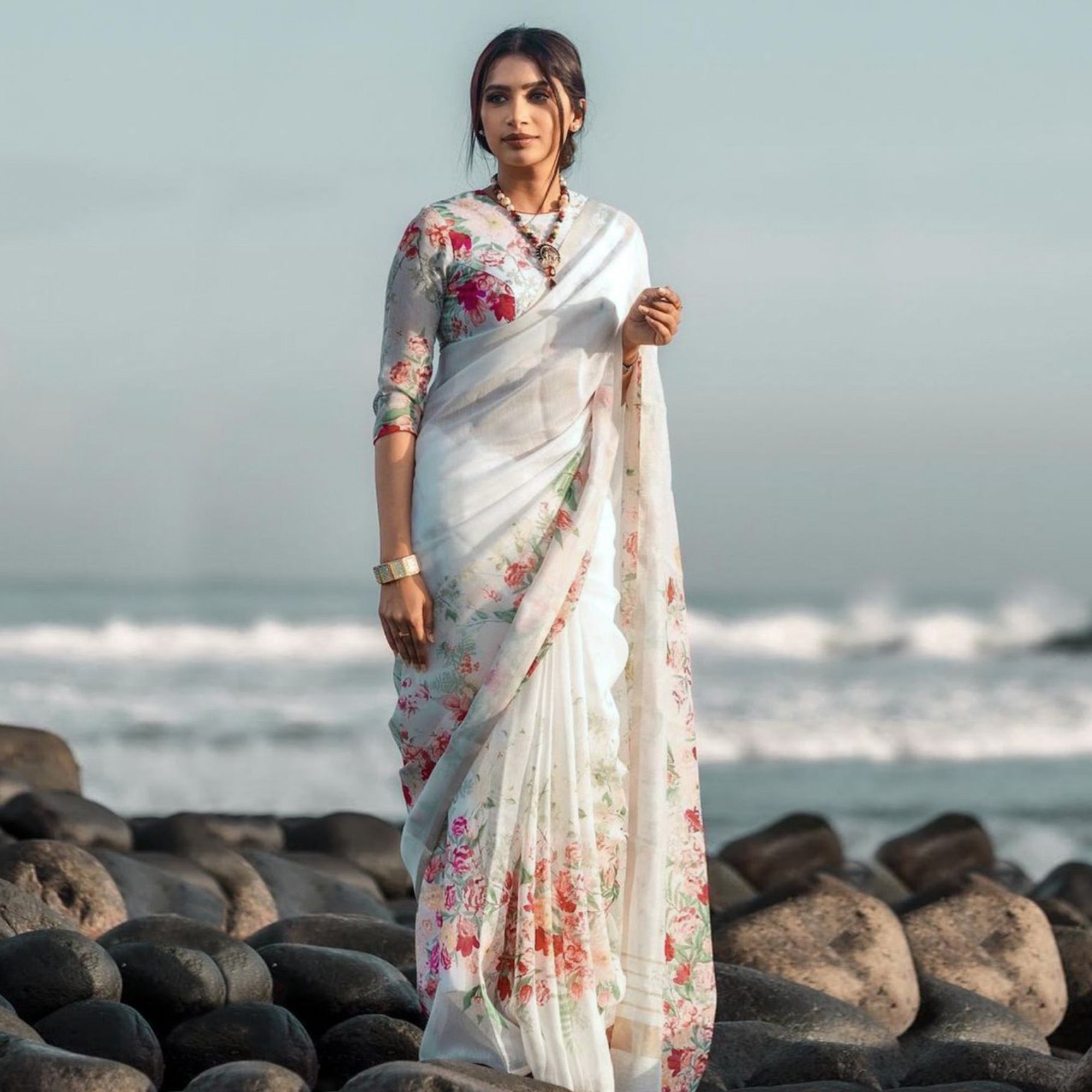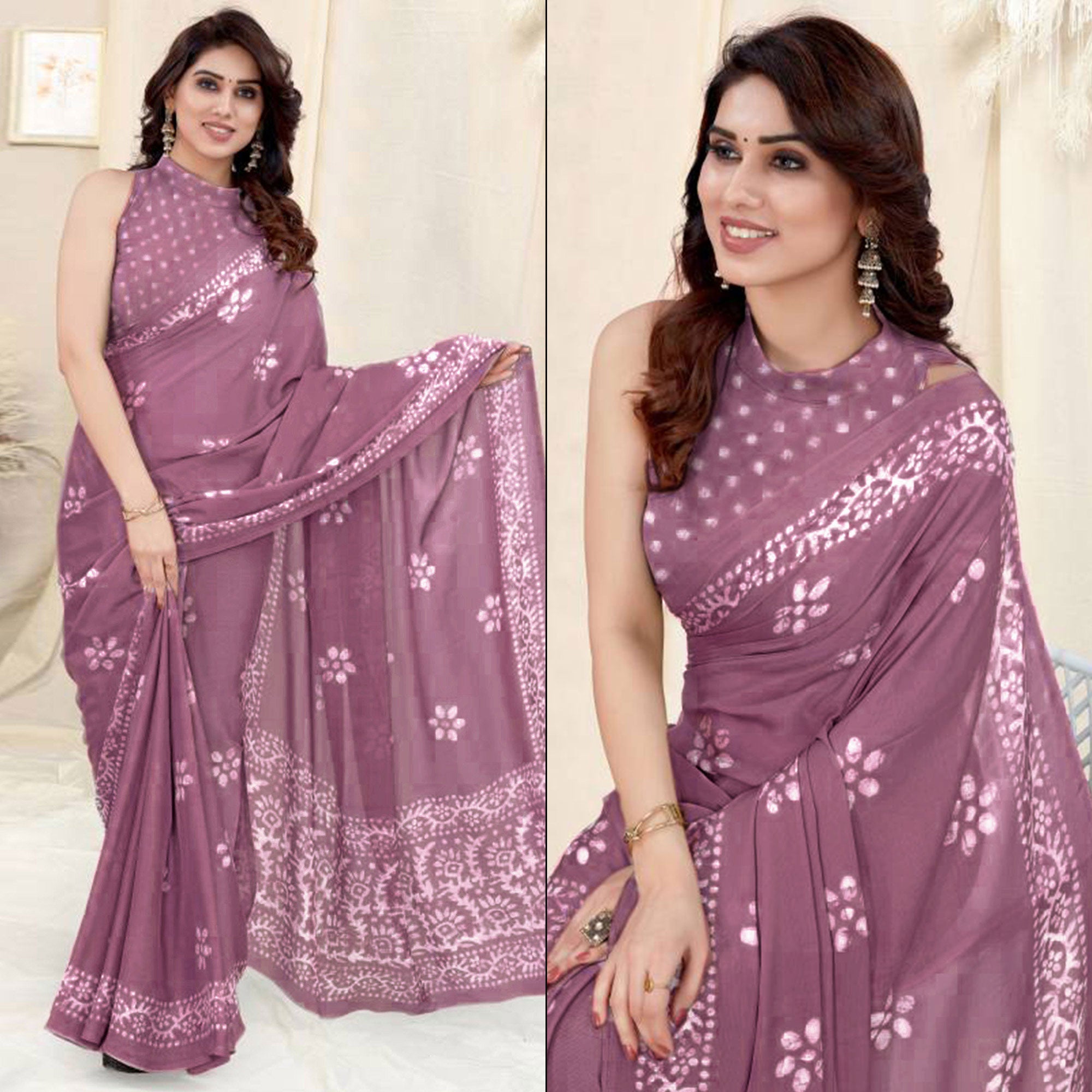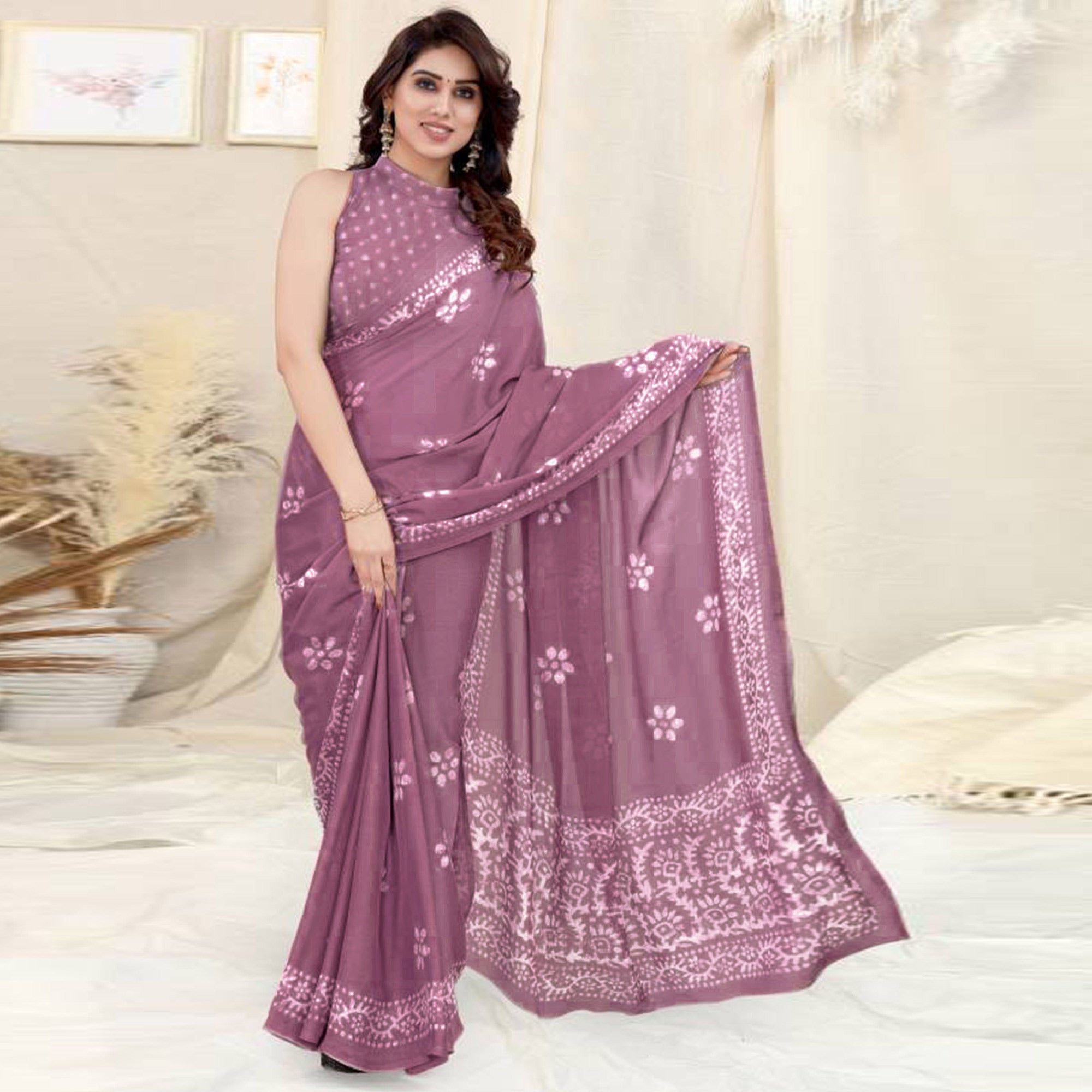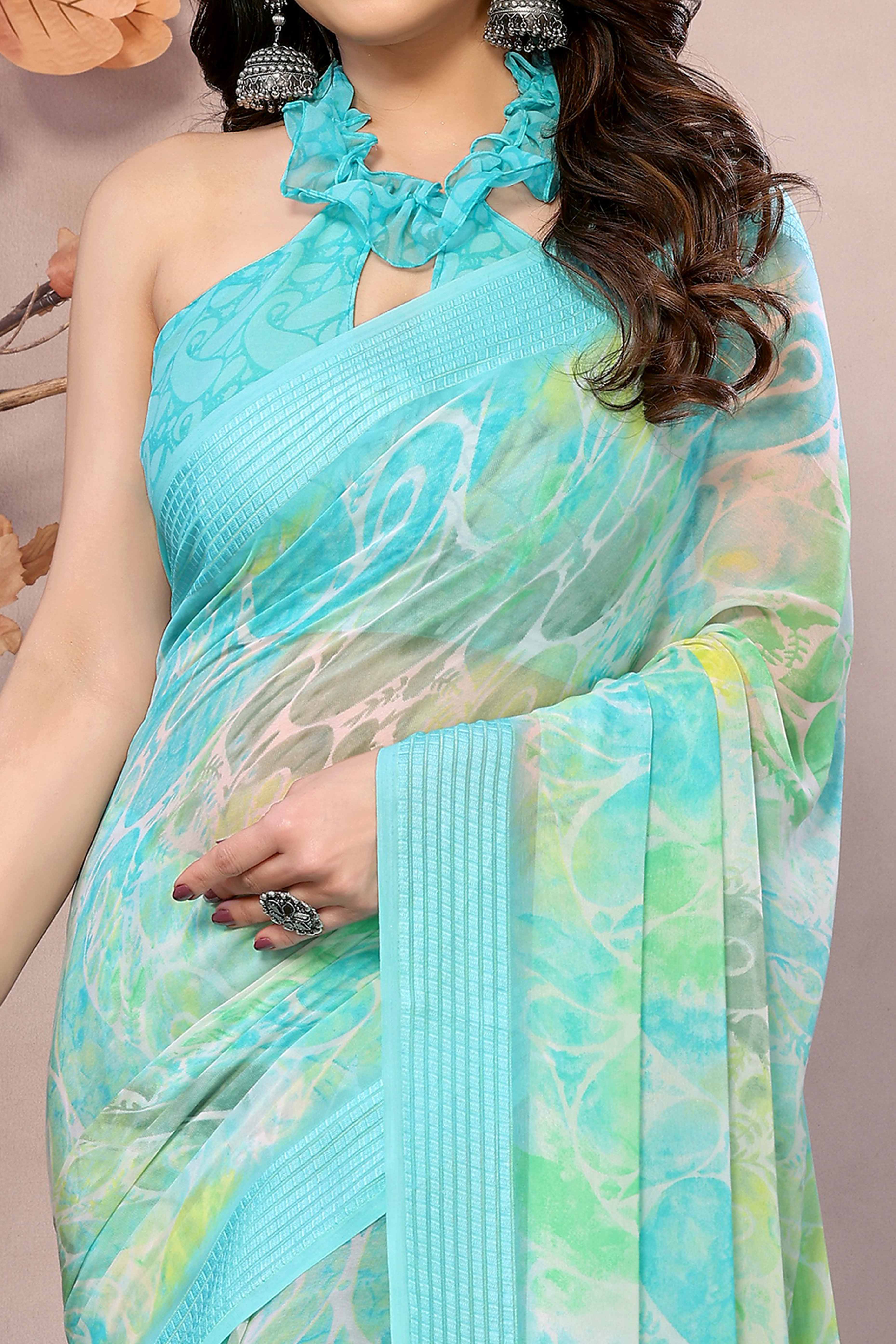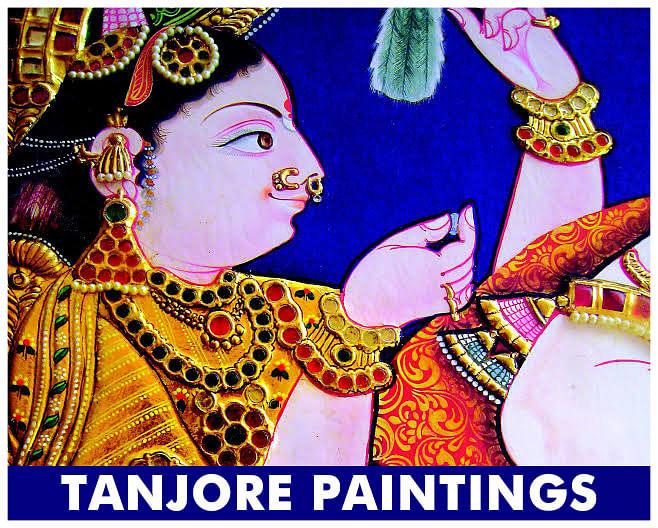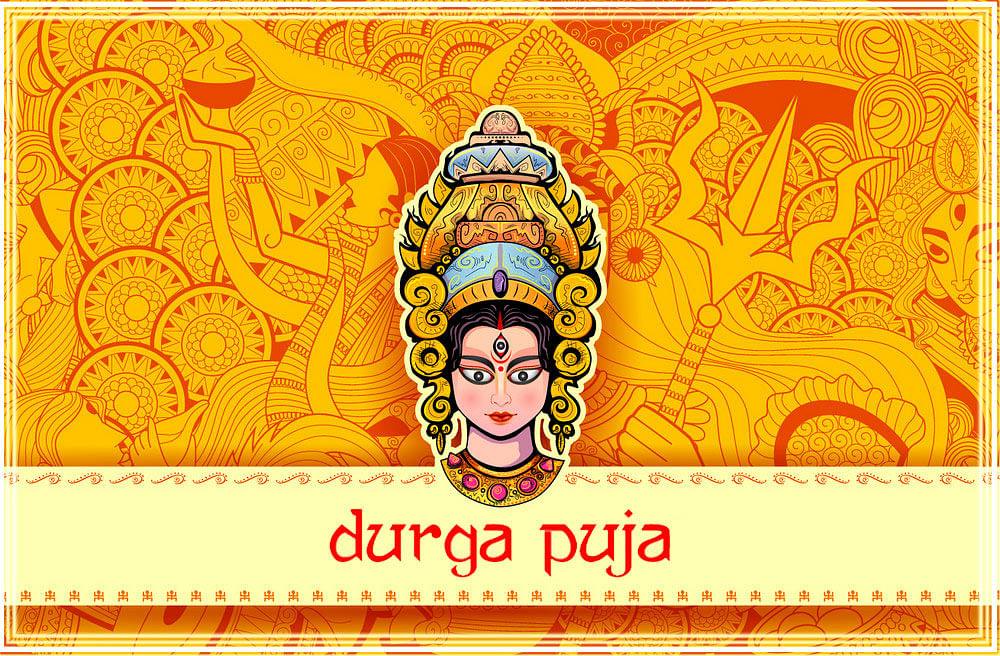The state of Madhya Pradesh, the heart of Central India always holds a special place for the country. Abundant in heritage, culture and tradition, Madhya Pradesh also attracts tourists in large numbers every year. And among the numerous thing that MP is famous for, it’s traditional sentiment retaining culture and practices are to look out for. And as we speak of the culture, we cannot miss the handicrafts, the craftsmanship and the rich textiles that have been instrumental in shaping a distinct and admirable diversity of costumes in the state.
Madhya Pradesh is predominantly thronged by a large tribal population and is influenced culturally to a great extent by this population. In fact this tribal population lives quite differently from the mainstream India and this is what makes the culture of the state stand out distinctly from the rest of the Indian states.

Handicrafts of Madhya Pradesh are well sought after owing to their intricate designing. The state is home to followers of diverse religions like Hinduism, Islam, Christianity, Jainism, and Buddhism. A significant chunk of the population belongs to tribal communities which make up 20% of the total population of the state. And this diversity in the culture is greatly the reason behind such rich and diverse culture in the state.
Let’s have a look at the signature costumes of men and women in this lovely state.
Men’s traditional costume:
Dhoti is popularly the signature attire attested by most of the men in the state. Accessorized by the saafa- the turban or the headgear, a typical white or black hacket thrown over the kurta completes the attire.
The jackets are even more popular in the areas of Bundelkhand and Malwa where the jacket is typically known as Bandi or Mirzai. The dhotis are primarily of vivid colors and adds a vibrant vibe to the attire and is a direct reflection of the vibrant culture of Madhya Pradesh.

The tribal men’s costume is quite similar to that of the mainstream attire in that they too wear a dhoti except that it is shorter in length as opposed to the conventional dhoti and usually takes the name langot. The tribal men prefer wearing just this shorter version of dhoti sans a kurta or jacket and their langots are usually bright red colored.
Must Buy: Bhagalpuri Silk Sarees
Women’s traditional costume:
The traditional dresses of women in MP are equally vibrant and bursting with happens a literal colors of joy. Other than the famous chanderi sarees, lehenga and choli is the signature costume that majorly characterizes the culture of the state. Crafted in a myriad of vivid and happy hues, the lehenga choli is crafted in beautiful handiwork that speaks of the amazing craftsmanship skills the state boasts of!

Other than chanderi sarees, bandhni sarees are quickly becoming another signature dress of the women of Madhya Pradesh! Bandhni sarees are basically made on tie-dye pattern in vibrant color palate color combinations.
Be it the saree or the lehenga choli, the headgear usually compliments the dress. This headgear is typically known as odhni which primarily is dished out in the colors black or red and is exactly like a scarf that is quite the fashion statement in the contemporary times.
Other than that, the state of Madhya Pradesh is also popular for the silk sarees and Maheshwari sarees that are quite popular among the tourists too around the country and globally.

Accessories
Completing the dress code is the signature footwear of Madhya Pradesh. The villagers of Madhya Pradesh wear raw-leather shoes, made by the village-cobbler. These shoes are tough and lasting in order to endure the immense toil of he primarily agricultural rustic people of Madhya Pradesh.
Kathir and silver ornaments are worn by the tribal women in Madhya Pradesh. Bangles, necklaces and bracelets also put on over the traditional dresses to show a great virtue of women. Girls wear Pyheb on feet which make beautiful sounds while walking and running.

Another popular element of the accessorizing aspect of the costume here is tattoo painting, especially among the bhil tribe, banjara tribe and bhilala tribe. The locals engage themselves in very attractive tattoo designs, the women of these tribal sects prefer drawing on their arms tattoos of flower, self-name or picture of a god, an ox, i.e. subjects from the wide range of the flora and the fauna encircling them.

